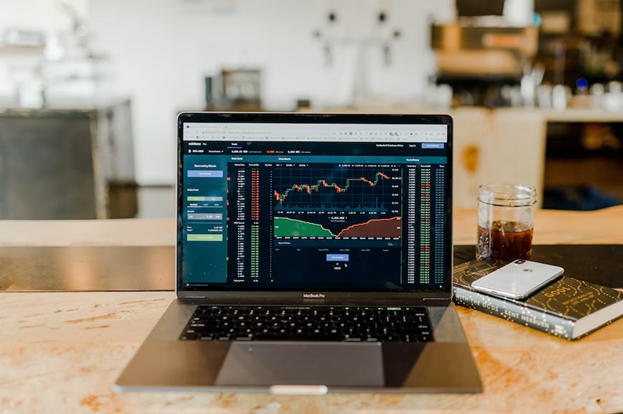The world today is advancing at a rather rapid pace. Lately, a new mode of trading has been achieved, commonly known as HFT or High-Frequency trading. This method of trading utilizes powerful computer programs to transact many orders within fractions of seconds. It makes use of complex algorithms to analyze multiple markets simultaneously, and then execute orders based on market conditions. Generically, traders with rapid execution speed are more profitable than traders with slow execution speed.
HFT algorithms typically rely on advanced statistical and machine learning techniques to analyze vast amounts of data in real-time, including market trends, news headlines, and social media sentiment. This is particularly relevant for high-frequency trading forex brokers, as they use this information to make split-second trading decisions and execute trades at lightning-fast speeds.
More About HFT
HFT came under the spotlight when several exchanges began to offer incentives to companies for adding to the liquidity in the market. For instance, the New York Stock Exchange is known to have liquidity providers going by the name of Supplemental Liquidity Providers (SLPs). They are known for adding additional competition and liquidity to the existing quotes on the exchange.
SLP was mainly introduced after the downfall of Lehman Brothers in 2008, when liquidity became a common concern for investors in the market. As an incentive, the New York Stock Exchange pays a fee or rebate to the SLP for providing said liquidity. This results in millions of transactions per day, providing a way to make huge profits.
Benefits
HFT has acted as an active source for driving significant improvements in market liquidity, while simultaneously removing bid-ask spreads that previously would have been too small. To know more about them, click here. This was also tested by adding fees to HFT, which consequently led to an increase in bid-ask spreads.
For instance, one Canadian bid-ask spread was assessed, and it found that it changed drastically when the government introduced a fee on it. In detail, it was found that market-wide bid-ask spreads faced an increment of 13%, and retail spreads increased by a total of 9%.
Drawbacks
HFT is a controversial tool and has been subject to some rather harsh criticism over time. It has actively replaced a series of broker-dealers and makes use of mathematical models and algorithms instead. This leaves human decision and interaction entirely out of the equation. Decisions are made within milliseconds, often leading to drastic market moves that, without a reason, result in huge losses.
For instance, on May 6, 2010, the Dow Jones Industrial Average (DJIA) suffered its largest intraday point drop in history, in which it declined 1,000 points and dropped 10% in just 20 minutes before rising back up. An investigation later showed that there was a massive order that triggered the sell-off that led to the crash.
Further, HFT also allows large companies to enjoy profits at the expense of the “little guys”. It is also criticized for its ghost liquidity, which is present one moment and vanishes in the next, which in turn prevents traders from actually trading this liquidity.

Conclusion
High-Frequency Trading is a form of algorithmic financial trading characterized mainly by rapid speeds, high turnover rates, and massive order-to-trade ratios that leverage high-frequency financial data as well as electronic trading tools.
